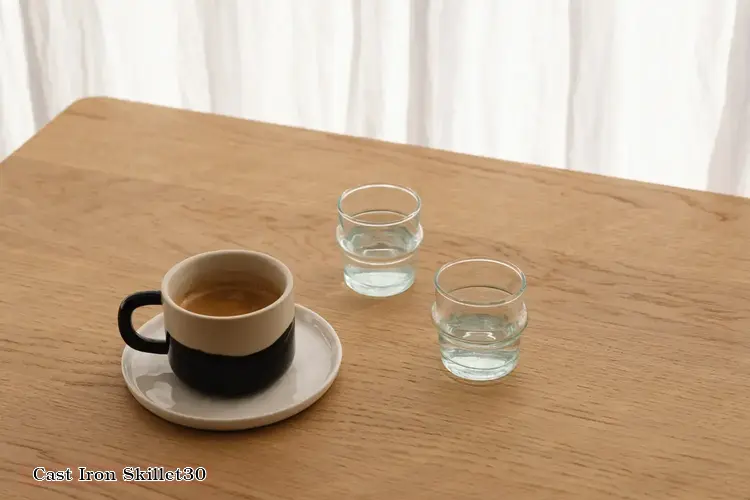

In the realm of cookware, the cast iron skillet reigns supreme as a versatile and enduring kitchen essential. Its unique properties and timeless appeal have made it a beloved companion for generations of home cooks and professional chefs alike.
What is a Cast Iron Skillet?
A cast iron skillet is a heavy, durable pan made from molten iron that has been poured into a mold and allowed to cool. The resulting cookware is characterized by its thick, evenly distributed base and sloped sides, which facilitate easy flipping and stirring.
Benefits of Cast Iron Skillets:
Seasoning a Cast Iron Skillet:
Seasoning is essential for creating a non-stick surface and protecting the cast iron from rust. To season a new skillet:
1. Wash the skillet thoroughly with hot water and a mild detergent.
2. Dry the skillet completely with a clean towel.
3. Apply a thin layer of vegetable oil to the entire surface of the skillet, including the sides and bottom.
4. Place the skillet upside down on a baking sheet and bake at 350°F (175°C) for 1 hour.
5. Turn off the oven and let the skillet cool completely inside.
Repeat this process 2-3 times to build up a durable patina.
Care and Maintenance:
Conclusion:
The cast iron skillet is a culinary workhorse that offers exceptional heat retention, even heat distribution, natural non-stick properties, durability, and versatility. With proper care and maintenance, it can become a cherished kitchen companion that will serve you well for years to come. Whether you're a seasoned home cook or a novice in the kitchen, a cast iron skillet is an investment that will elevate your cooking experience and create countless delicious meals.
DISCLAIMER: This information is provided for general informational purposes only, and publication does not constitute an endorsement. Kwick365 does not warrant the accuracy or completeness of any information, text, graphics, links, or other items contained within this content. Kwick365 does not guarantee you will achieve any specific results if you follow any advice herein. It may be advisable for you to consult with a professional such as a lawyer, accountant, or business advisor for advice specific to your situation.
today
Copyright © 2025 KwickEAT.com
Designed by KwickPOS is the best restaurant POS